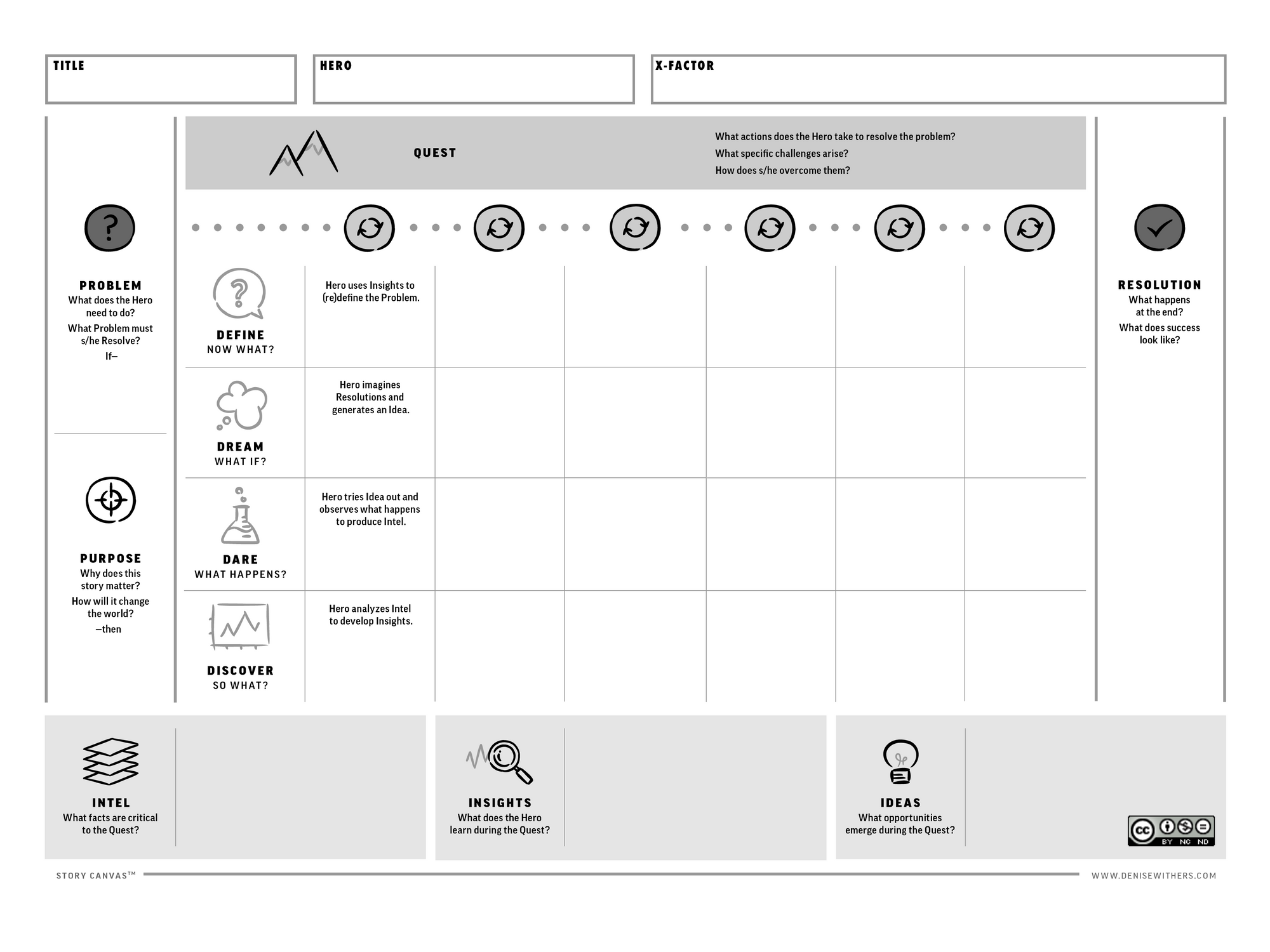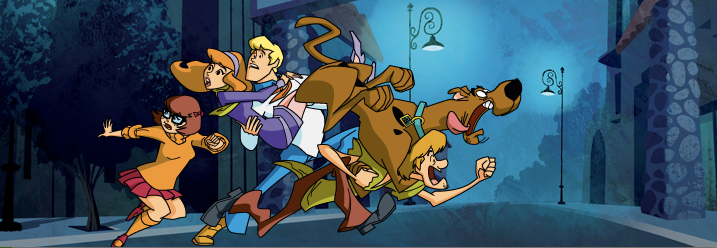Last week, I ran a conference session in Whistler for international educators at BCCIE on Story Intel – New Strategies for Academic Innovation. I designed the hands-on session to help attendees discover how intentionally collecting and analyzing stories about a specific topic can quickly generate rich intel that adds a human-centred perspective to traditional business and market analysis.
The sample problem I gave them was to figure out what makes for an excellent learning experience. In just 20 minutes, they shared and analyzed personal stories about teaching and learning – then came up with a dozen criteria to guide an experience designer. And they surprised themselves at how easy it was to do.
So once the problem to be solved had been clearly defined, they were able to use story quickly to generate fresh intel for solutions. But when we went on to the next step of the session, clearly defining their own problems turned out to be much tougher. And that’s pretty normal. Few folks are able to spend time figuring out what their problems really are – before trying to solve them. And they often end up producing the right answer to the wrong question.
The folks at the conference were no different. When I asked them to share some of their current challenges, they listed the usual stuff. “That group isn’t performing.” “We don’t have enough resources”. Yet, as we started to dig a bit deeper into their problem statements, many appeared to be based on assumptions rather than evidence. This is where story analysis can really add value to planning processes. It’s a quick and powerful way to get to the heart of a problem – without having to invest a ton of time and money in deep research.
Just as Columbo, Sherlock Holmes and the Scooby Doo gang unpack stories to solve their mysteries, we can unpack stories about a problem to find its root cause. For example, by analyzing a dozen actual stories about “poor performance” or “lack of resources” in a methodical way, we can start to understand what’s happening and why. Once we know the true cause of a problem, we can begin our quest for the right solution. To do that, I often help clients use my Story Canvas as an easy-to-use tool to facilitate this process.

As the conference session wrapped, folks had lots of questions about how to use stories in their own situations – primarily for strategic and project planning. And that’s the best ending I can hope for. There’s no limit to the ways in which a story can work for you – give it a try and see what happens.





